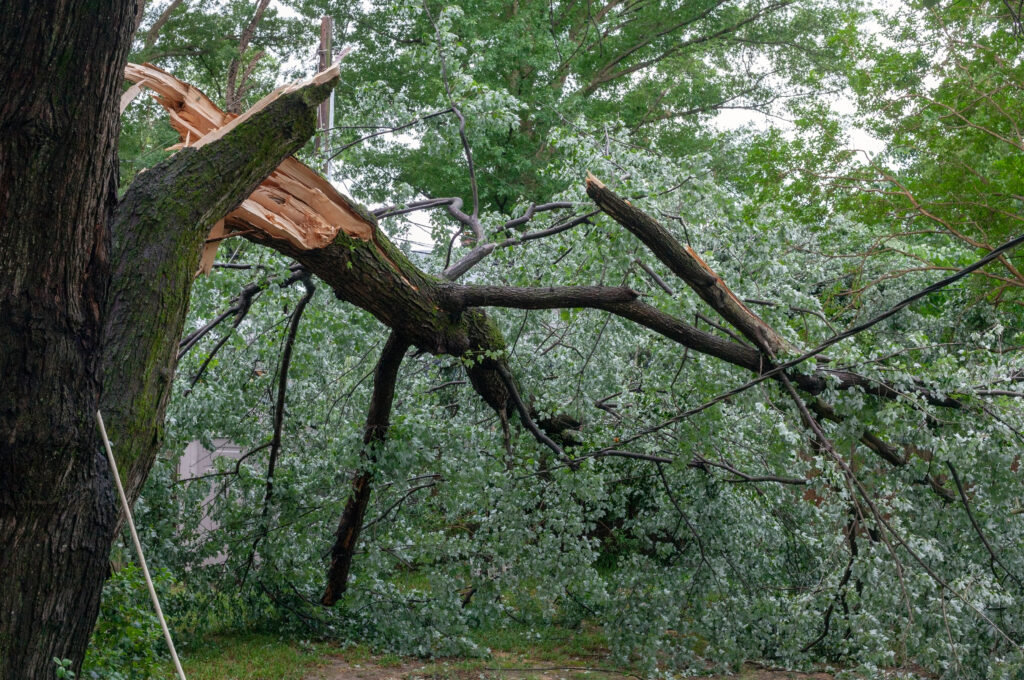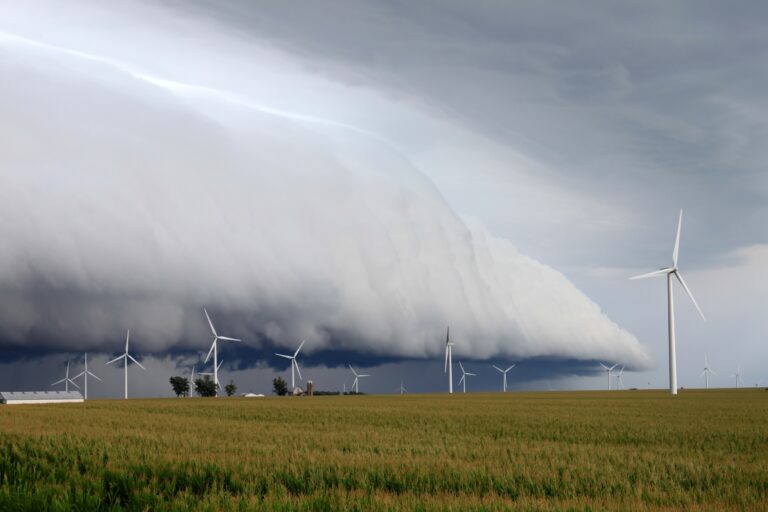Why Severe Weather Preparedness Matters
Severe weather events such as thunderstorms, tornadoes, hurricanes, and winter storms can strike with little warning, leaving destruction in their wake. Being prepared in advance can help protect lives, minimize damage, and ensure a faster recovery. Understanding the risks and taking proactive steps can make all the difference when severe weather hits.
Create an Emergency Plan
One of the first steps in severe weather preparedness is to establish a clear emergency plan. Families should discuss what to do in different weather scenarios, including where to seek shelter and how to communicate if separated. Schools, workplaces, and community centers should also have emergency procedures in place.
Key elements of an emergency plan include:
- Identifying a safe shelter location, such as a basement or interior room without windows.
- Establishing a communication plan to stay in touch with family members.
- Knowing evacuation routes in case of flooding or hurricanes.
- Practicing drills to ensure everyone understands what to do in an emergency.
Assemble an Emergency Kit
Having an emergency kit ready can provide essential supplies during and after severe weather events. A well-stocked kit should include:
- Non-perishable food and bottled water (enough for at least three days per person).
- Flashlights and extra batteries.
- First aid supplies and necessary medications.
- A battery-powered weather radio to receive emergency alerts.
- Important documents stored in a waterproof container.
- Extra clothing, blankets, and personal hygiene items.
Stay Informed with Weather Alerts
Monitoring weather alerts is crucial for timely preparedness. Many government agencies and weather services provide real-time updates through:
- NOAA Weather Radio broadcasts.
- Smartphone weather apps and emergency alert notifications.
- Local news and radio stations.
- Social media updates from trusted meteorologists and emergency management agencies.
Prepare Your Home for Severe Weather
Taking steps to secure your home can help minimize damage and improve safety. Some key preparations include:
- Trimming trees and securing loose outdoor objects that could become projectiles.
- Reinforcing doors, windows, and roofs to withstand strong winds.
- Installing a generator in case of power outages.
- Checking sump pumps and drainage systems to prevent flooding.
Know What to Do During Severe Weather
When severe weather is imminent, quick action is essential:
- Take shelter immediately in a designated safe area.
- Avoid windows and stay away from exterior walls.
- Do not drive through flooded roads; turn around and seek higher ground.
- Follow all emergency instructions from local authorities.
Review and Update Your Plan Regularly
Preparedness is an ongoing process. Reviewing and updating your emergency plan and kit at least once a year ensures that supplies are fresh and that all family members understand their roles. Staying informed about changing weather risks in your region can also help you adjust your preparedness efforts accordingly.
By taking these simple yet crucial steps, individuals and communities can be better prepared for severe weather, reducing risks and enhancing resilience in the face of natural disasters.


